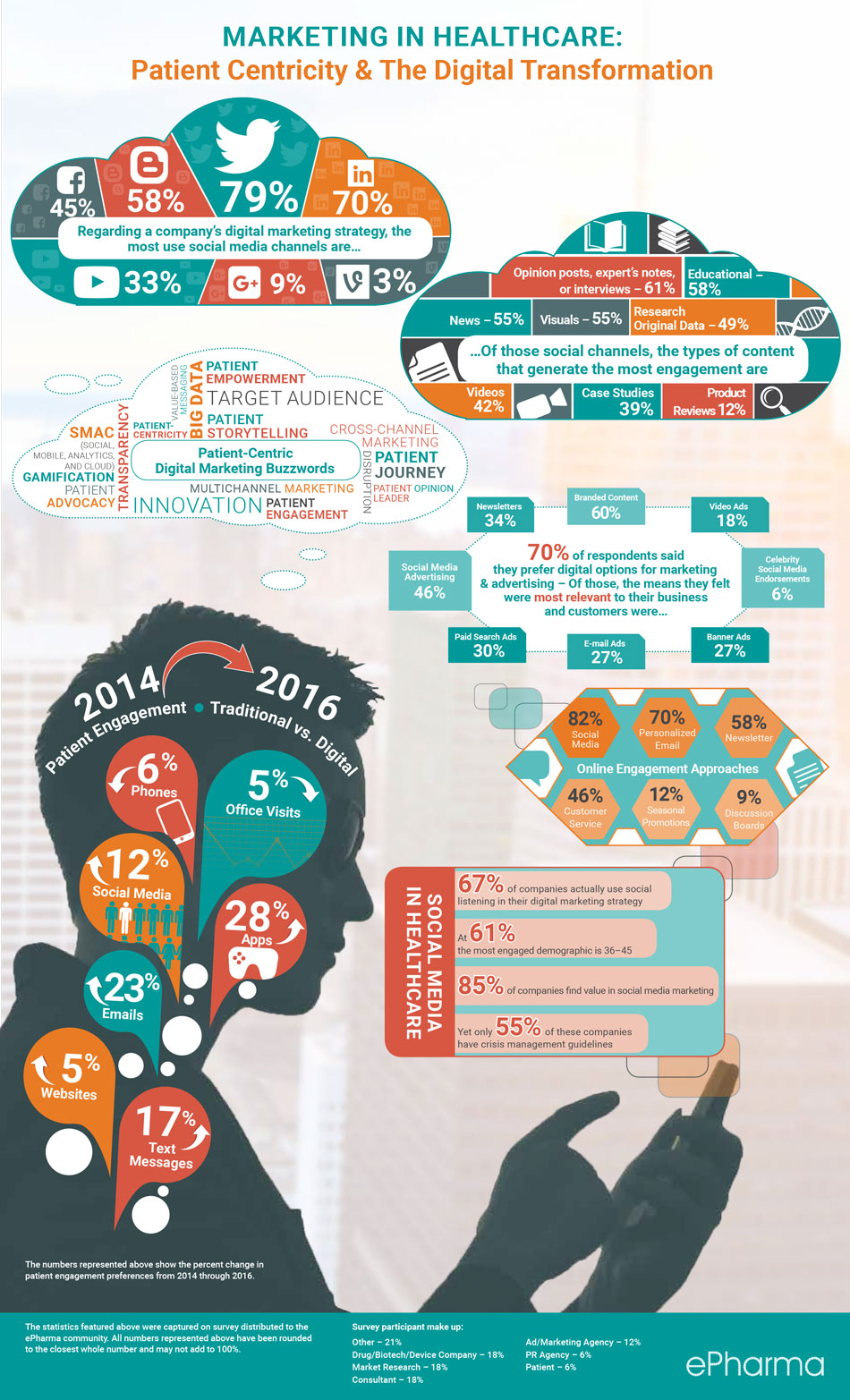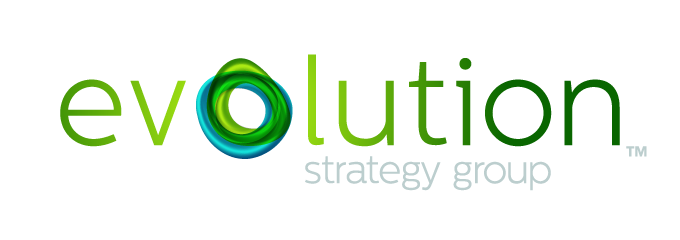The new customer experience in healthcare demands a radical change in how companies, namely regulated industries, interact and engage. Unfortunately, most organizations, namely pharma, are accustomed to/comfortable with the customer as recipient of information, messaging and branding. This ignores the major shift that occurred as consumers increasingly become ultra connected across the digital landscape. These consumers expect to be in power and empowered, ‘convenienced’ (versus inconvenienced) and at the center of every and any interaction. The new customer waits for no company. And this pill is a hard one to swallow for many traditional healthcare organizations, pharma in particular.
One of the keys, according to an interview with Tommy Stadlen, co-author of Connect: How Companies Succeed by Engaging Radically with Society, is to avoid the spin tactics of the past and to be truly authentic. He points out that a company’s “reputation is an outcome of who the company is, not a “construct to be managed.” McKinsey’s Robin Nuttall (who also authored the book) shares that “cutting through and reaching audiences by direct means and being transparent in ones purpose is critical.” He shares an example of a pharma company who took an extreme action to ‘bear it all’ by sharing private information and research data on a particular drug publicly rather than fight a battle in the court system. The result was greater trust and credibility. In the same interview, the book’s third author, John Browne, says that if companies feel comfortable in their engagement, then it’s not radical enough.
So what to make of all of this?
New Customer Experience Means that Healthcare is in Trouble!
Traditional healthcare organizations are in huge trouble. While they talk the talk of customer experience and patient empowerment, their spends in advertising tell an entirely different story.
According to an article in this past Sunday’s New York Times, spending on advertising continues to skyrocket. The difference now is that what was traditionally open season is now more focused on niche drugs that are likelier to be prescribed to thousands versus millions. The rub? Nielson’s Managing Director Lisa Kerins says that “everyone wants to be seen as shaping their brand and being the patients’ partner of choice.” Pharma claims to be providing more information to patients so that they can make ‘informed choices.’ However, experts say that the reality is that the new direct-to-consumer strategy prompts patients to seek out more expensive or novel treatments that they may not need. The idea that these organizations are empowering patients or better yet, catering to their customer base is a farce. Just take a look at the E-Pharma infographic; the new customer experience means that pharma companies move their DTC advertising from the airways to the social media ‘ways.’ Moreover, as noted on the upper right bubble below, the idea that customers desire information and education first and foremost falls flat when the emphasis remains on advertising. Note that engagement does not equate to a bunch of irrelevant tweets or FB posts about opiod induced constipation solution
A Bitter Pill
Pharma has a bitter pill to swallow; they need to focus on the customer and his/her experience around their brand and this means serving up information, one portion at a time, based on that particular customers’ needs. This is a stretch for most traditional healthcare organizations who are most accustomed to talking the talk but not walking the walk. Accordingly, “Putting the customer at the center of everything you do is no longer a pithy saying but a real business necessity.” (Lynn Friedman, head, Global Social Business Enablement, Adobe, Reinventing the Customer Experience, 2016). Radicalization? Indeed!

